|
Written by Shahid Nadeem Adapted by Tanya Ronder Scenery and Costumes by Katrina Lindsay TrailerPlot SummaryTaken from The National Theatre's Learning Guide to Dara: "The play's action begins in 1659, in Mughal India. The imperial court is a place of opulence and excess, with music, drugs, eunuchs and harems. Two brothers, Dara and Aurangzeb, whose mother’s death inspired the Taj Mahal, are heirs to this Muslim empire. Now they fight ferociously for succession. Dara, the crown prince, has the love of the people, and of his emperor father; but the younger Aurangzeb holds a different vision for India’s future. Islam inspires poetry in Dara, puritanical rigour in Aurangzeb. Can Jahanara, their beloved sister, assuage Aurangzeb’s resolve to seize the Peacock Throne and purge the empire? In an author's note in the published script, Ronder writes: 'My brief was to take Shahid Nadeem’s play and adapt it for a National Theatre audience. We set out, myself and director Nadia Fall, to unpack the events cited in the original play, to educate ourselves, and to recreate the story in a way that didn’t put our audience at arm’s length, able to write the drama off as a story that was not theirs. The tale of Dara and Aurangzeb is one which a Pakistani or an Indian audience would have preexisting knowledge and some ownership of. A story, albeit differently told across borders, which children all over the Indian subcontinent will have heard at school or at home, (perhaps akin to our connection in Britain to Henry VIII or Elizabeth I), but that very few of us in the West know about. ... The result is a more recognisable shape of play; it has expanded to five acts, it starts before the original begins and ends several decades later. I have added in a trial scene to give Dara the voice I think we need to hear, and added various characters and storylines, all taken from or inspired by historical facts – Itbar and Afia, Murad, Mian Mir, Hira Bai and Aurangzeb’s relationship with her – and also incorporated a childhood for the brothers and sisters of this Mughal court. All in an attempt to round the story out, to make it a fairer fight between the brothers and to hopefully give our audience the psychological and emotional complexity they are used to.'" Katrina Lindsay, DesignerProduction galleryPhoto credit: Ellie Kurttz and National Theatre The beauty of the set is its openness and the cleverness of using the decorative screens to transition between scenes while also changing time and place. The steps provide levels while the lighting and gobos provide patterns on the floor. Musicians are kept both on stage and on the balcony above stage left. costume GalleryPhoto credit: Ellie Kurttz and National Theatre
The costumes are opulent, saturated, and many layered. The fabrics are both rich and delicate with embroidered and bejeweled details.
0 Comments
Leave a Reply. |
CategoriesArchives
July 2024
|
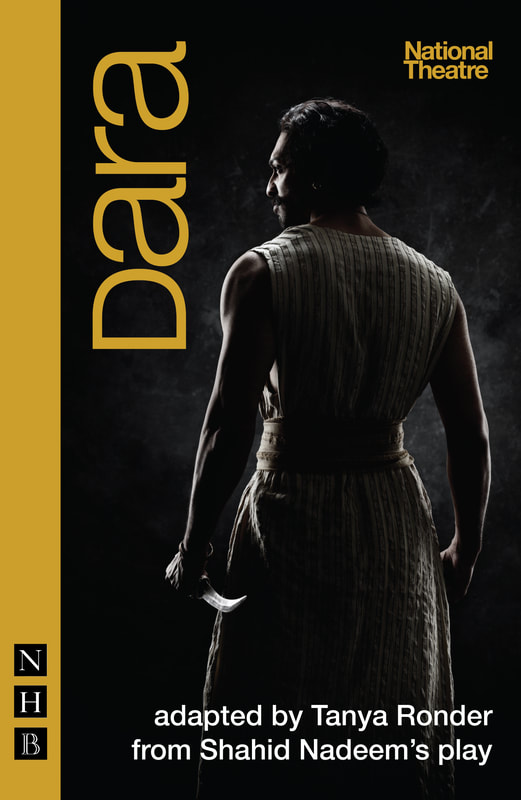







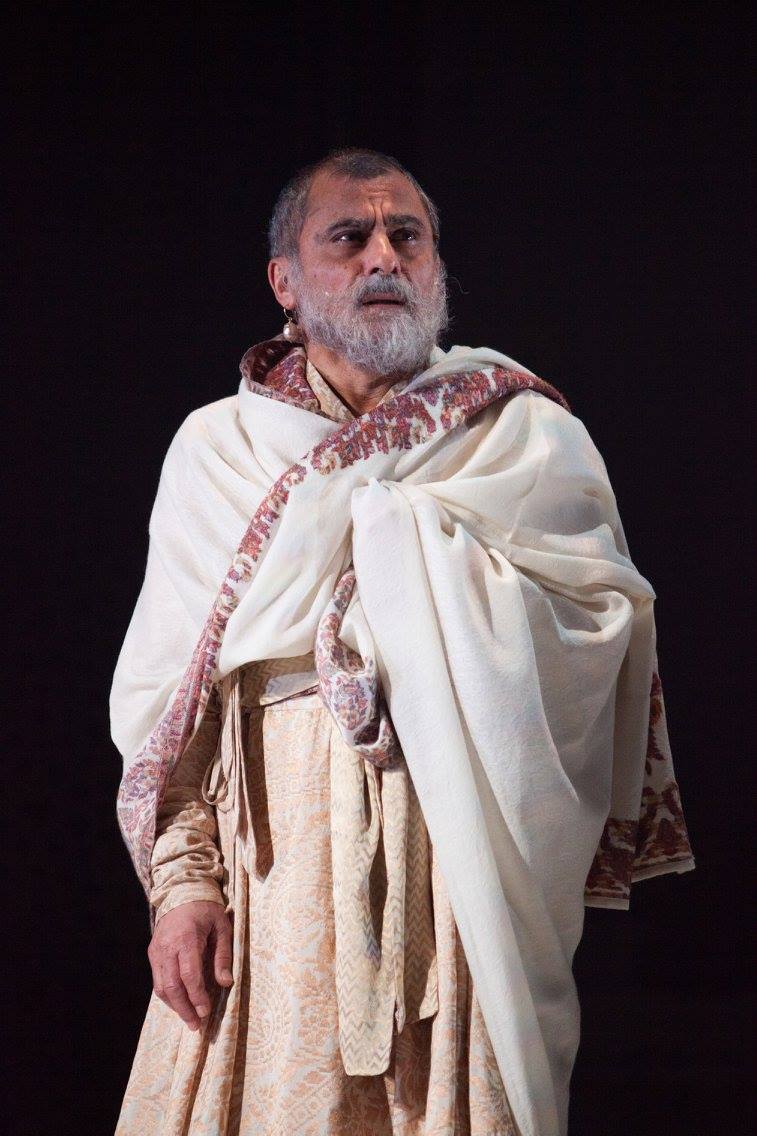

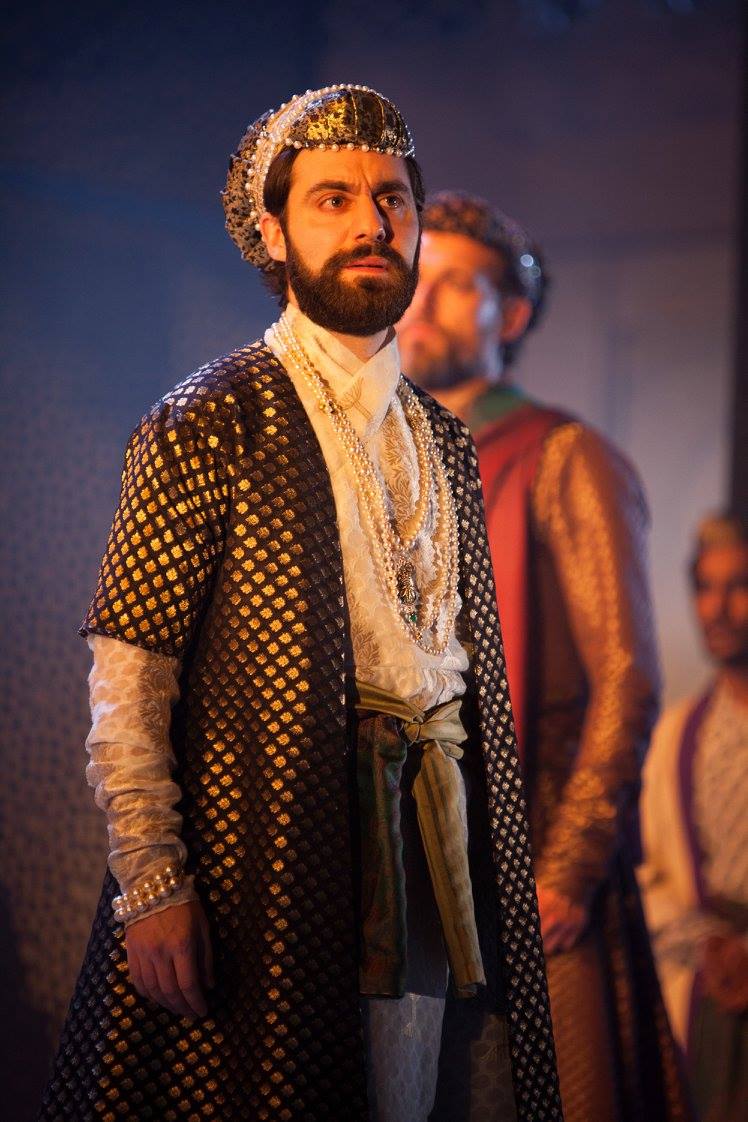


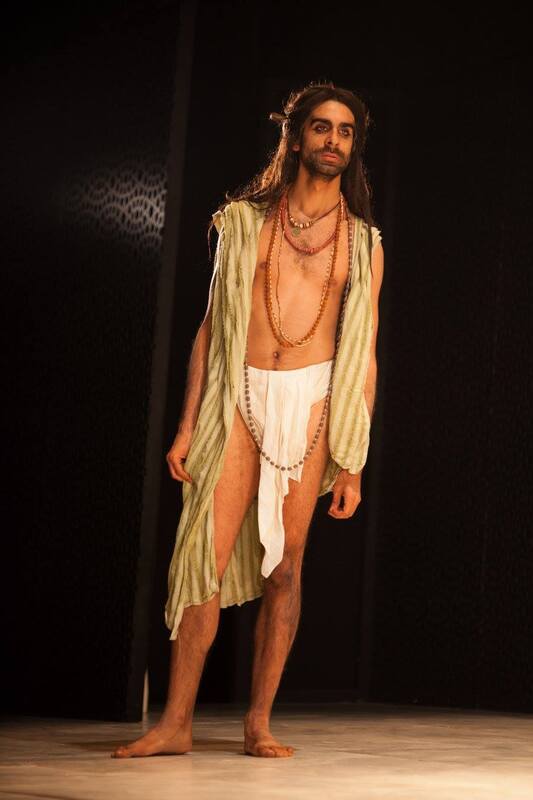





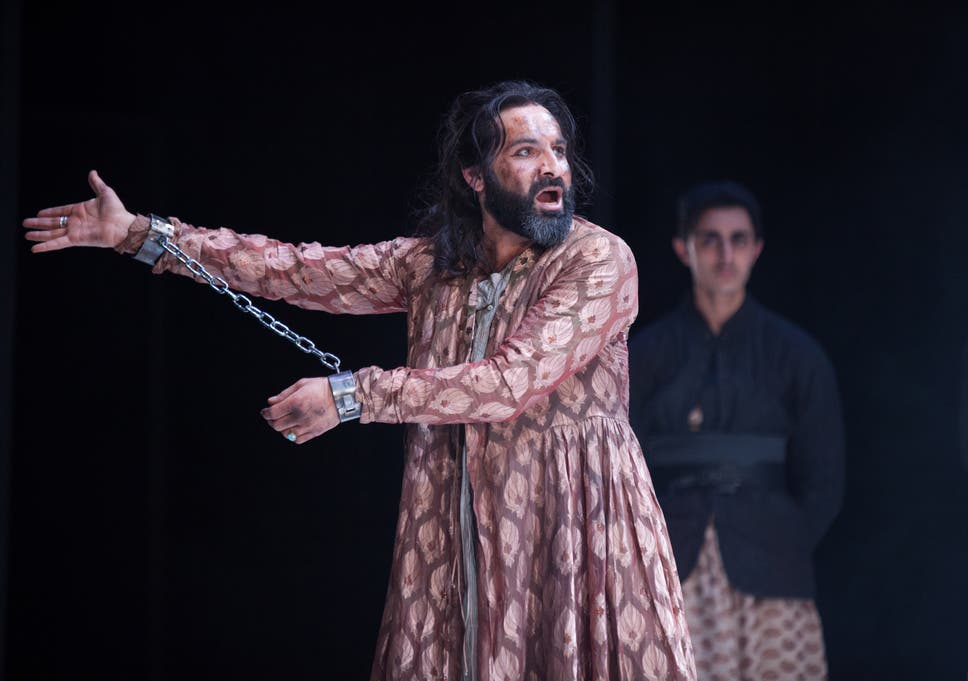
 RSS Feed
RSS Feed